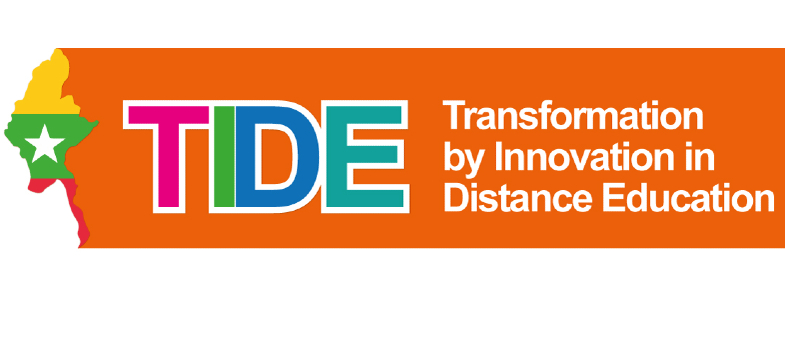4 Copyright and creative commons
The internet offers exciting possibilities to find, use and
Knowing how to find and use freely available resources licensed under Creative Commons will enhance your study by enabling you to introduce a wider range of information and media into assignments and projects, safe in the knowledge that you are staying within the law. As you become more confident in creating your own digital content, Creative Commons licences provide an easy way to let everyone know you are happy for them to use your work. It is also a way of making others (including employers) aware of the knowledge and skills you have gained as a result of study.
For study
Getting in the habit of acknowledging others’ work is very good preparation for academic writing. When you make clear reference to the sources you have used, you are signalling clearly what you have based your arguments on. Readers of your work can follow up these sources for themselves as they engage with your writing. Good referencing also helps you to avoid
In Week 4, you learned how to use the work of other people safely. The following activity is an opportunity for you to reflect on how this skill might help you.
Activity 3 Creative use of others’ resources
Banyar is publishing his online recipe collection under a Creative Commons licence, which is having the added benefit of enhancing his digital profile. Zin Min Thant has really enjoyed contributing to a special interest group of engineering trainers and is posting his own materials (manuals, leaflets and posters) using images licensed under Creative Commons. Kyaw Win has used photographs and music for a video presentation on repairing bikes. He has even been the star of an online video, which he made available under a Creative Commons licence.
- Think about your own interests and hobbies and identify something you would like to share with others online.
- Find a relevant image online that represents your interest and is free to use or share under Creative Commons. For example, if your interest is walking, it might be a picture of a pair of walking boots. If your interest is sport, it could be an image of the particular sport you do or follow.
- Note down where you found it and why you chose it (i.e. how it represents your interest or hobby and how you know that you can use it freely).
Make a note in your reflective journal of anything you plan to do to develop your skills in this area.
3 Making your mark online
